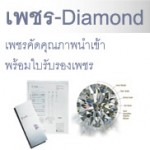27 ส.ค.


ข้อมูลจาก http://www.chemicalelements.com/elements/pd.html แปลและเรียบเรียง Sutimas W.




















แสดงความคิดเห็น